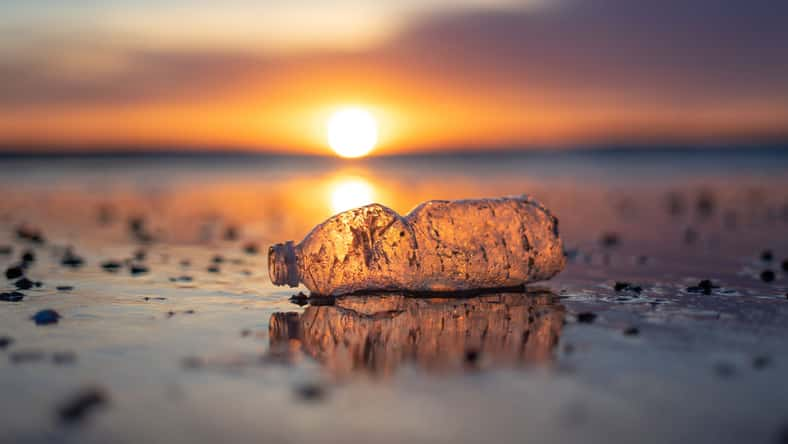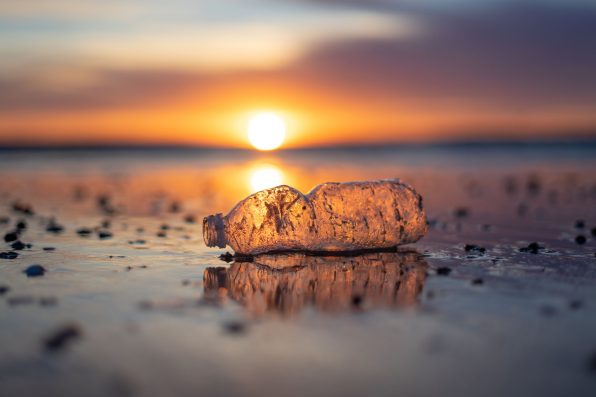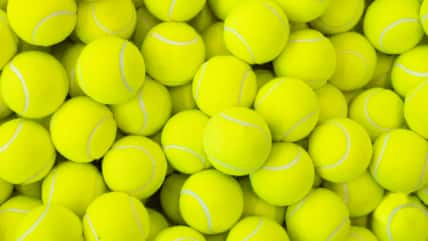High Levels Of Plastic Pollution May Be Killing The Embryos Of Various Ocean Animals, According To A New Study

Due to its durability, widespread production/use, and improper disposal, plastic pollution poses a significant threat to our environment, particularly the oceans.
According to the International Union for Conservation of Nature, 14 million tons of plastic end up in the ocean every year, causing harm to marine life.
Animals can get tangled up in plastic products — plus, the items contain chemicals that they can ingest. Toxic additives, like heavy metals, on plastic surfaces are also detrimental to the health of ocean creatures.
A new study has revealed that high levels of plastic pollution may be killing the embryos of various animals living in the ocean.
Researchers from the Stazione Zoologica Anton Dohrn in Italy and the University of Exeter in the United Kingdom measured the effects of exposure to PVC pellets on the development and growth of seven different marine species.
PVC pellets are small plastic granules used in the manufacture of plastic products.
“When exposed to high levels of new PVC pellets, the species we examined went wrong in different ways,” Eva Jimenez-Guri, the lead author of the study and associate research fellow at the University of Exeter, said. “Some failed to make a shell or a notochord; some failed to form proper bilateral features; some just stopped developing after a few rounds of cell division. They all failed to make a viable embryo.”
The levels of plastic exposure the researchers used in the study were higher than the average plastic concentrations currently found in the ocean.
However, there are some incidents in which these increased quantities of plastic may occur. For instance, earlier this year, a cargo ship in Portugal spilled millions of PVC pellets into the water.

Alejandro – stock.adobe.com – illustrative purposes only
Furthermore, bodies of water located near petrochemical plants are known to contain elevated amounts of plastic pellets.
Overall, the study shows that when extreme pollution occurs during the reproduction period of a species, it prevents the next generation from developing properly. The latest research also emphasizes the importance of reducing plastic production.
“If we reach these extreme levels of plastic pollution at our coasts, which happens in isolated cases but is thankfully uncommon at present, many species may become unable to reproduce, with massive impacts for marine life, the wider environment, and people,” Jimenez-Guri said.
Sign up for Chip Chick’s newsletter and get stories like this delivered to your inbox.
More About:News





